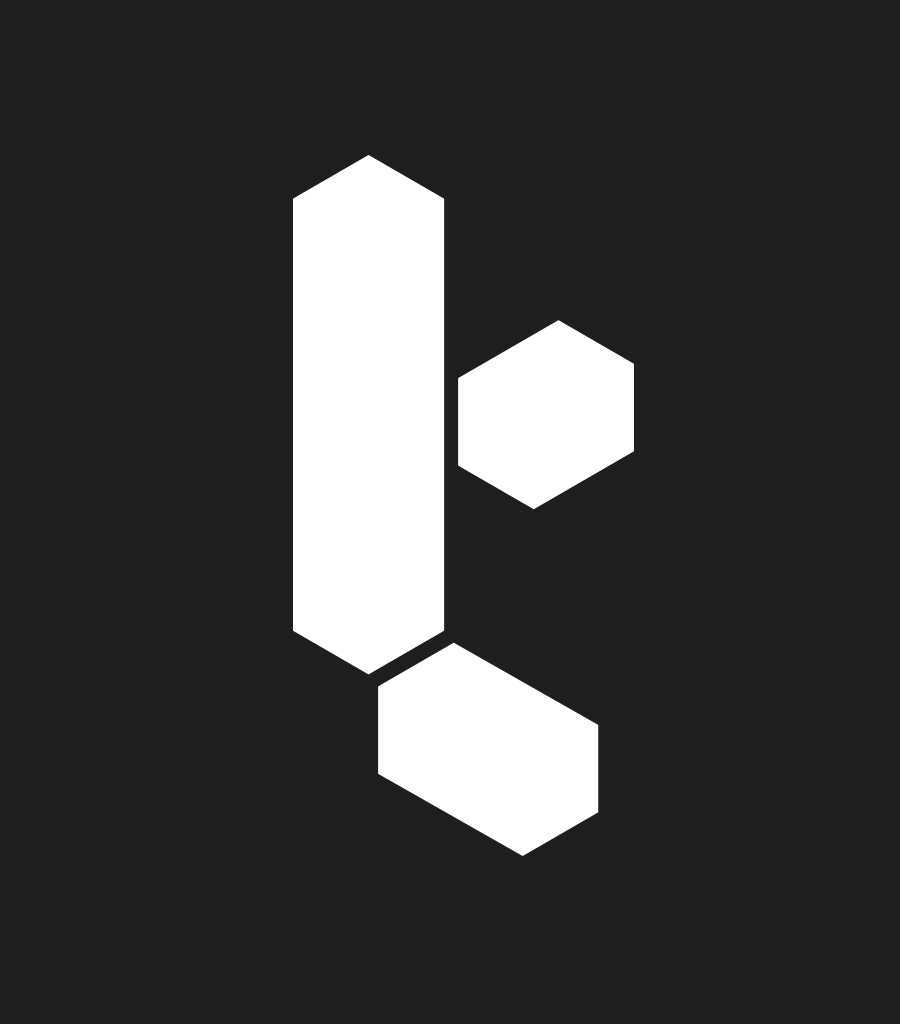Tumble
PS3 + Move
In 2010, I was the lead UX / UI designer for ‘Tumble’, a puzzle game that was created to showcase the (then new) PlayStation Move controller, Sony's answer to the Nintendo Wii and Microsoft Kinect. Over the period of 18 months I designed a menu system and interaction model while having a large role in practically every aspect of the visual direction. Below is a summary video I created to showcase my work.
Initial sketching and UX design
Tumble consisted of small levels that were contained within larger tiers. In order to unlock a new tier, the player had to complete a certain number of levels first. Since this required a lot of menu interaction, I wanted to make the experience of using it satisfying and enjoyable. To do this, I began sketching out different concepts for how the menu system could feel integrated into the gameplay itself and then presented these ideas to the team.
I noticed some functional similarities between the Move controller and the computer mouse when I began working on the project and took advantage of these by including elements of web design in my concepts. Players are able to scroll through options by clicking and dragging anywhere on the screen and can rollover objects to receive additional information. The Move controller also had z-dept control which allowed players to 'reach in' to select things.
One of my concepts involved a physical screen that appeared within the level. By selecting it the user could quickly move to different levels without feeling that they've been pulled out of the gameplay. Although we discarded this model, the concept of an in-game screen was retained
Another idea was to represent the level structure as one massive physical space. An elevator allowed progression upwards through tiers, and the player could 'zoom' in and out of various floors to see the available levels, which were represented by physical blocks
Video Prototypes
After the team selected a few options from my list of sketches , I began creating some quick animated prototypes. I find that doing this early on helps to trigger necessary conversations about technical viability and potential UX conflicts. Below are three concepts that we ultimately did not end up using.
UI design
Below are some examples of areas in the game where I designed the interactions and information systems. Since I was also responsible for the general art direction, these images are also examples of my UI design work. This included the HUD, front end, 2D animations, iconography, Illustrations and logo design.
I took advantage of the Move controller to efficiently package information. In this example, the player can hover over any item in the game to reveal its properties.









